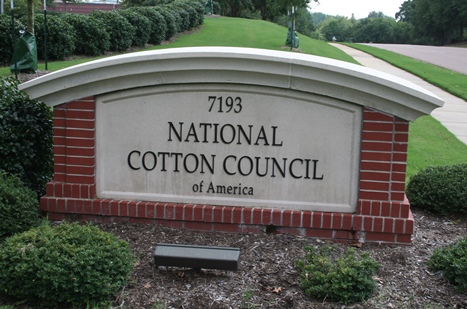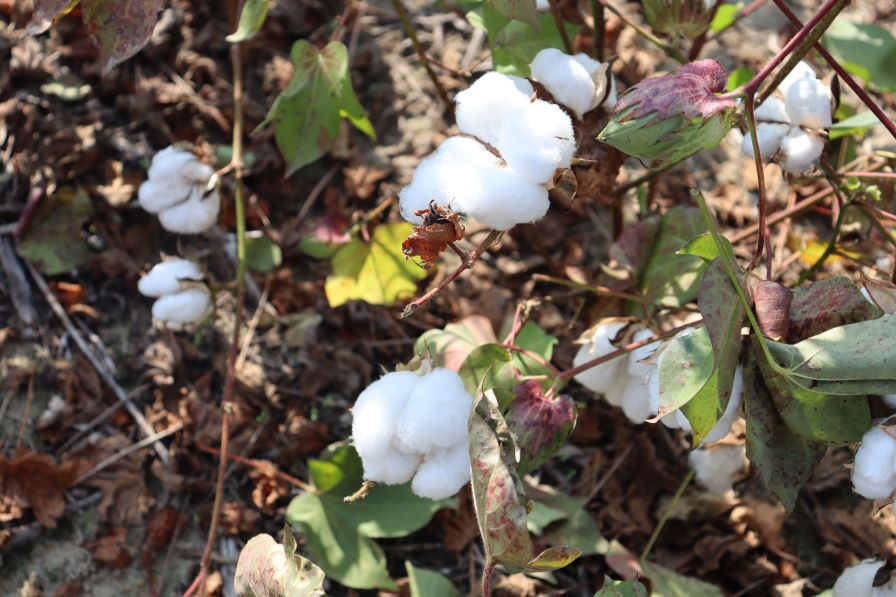2024 In Review: New Strategies for Cotton’s Global Challenges
To help restore production volumes to levels that support our industry’s infrastructure and create opportunities throughout U.S. cotton’s value chain, the American Cotton Shippers Association (ACSA) believes it is time to augment our proven programs with a new strategy. Recognizing our industry is at an inflection point, ACSA is laser-focused on delivering systemic modernizations to our industry that increase our competitiveness in the global marketplace.
We have just harvested our third consecutive short crop, with this year’s volume eroding primarily due to drought in Texas and hurricane devastation in the Southeast. Hurricane Helene’s catastrophic impacts were deemed to be the second deadliest hurricane to hit the U.S. in the past 50 years, and we certainly convey our sincere thoughts to Helene’s many victims.
This drawdown in volume is harmful to so many businesses in our industry. The reduction in commerce reaches from Main Street to Wall Street. And all the while, our customers around the world are replacing U.S. cotton with foreign growths to fulfill their needs. Brazil has now displaced us as the world’s largest exporter and producer of cotton, and their growth appears unbridled for now.
Nobody understands the challenges more than the growers reading this article. ACSA recognizes the immediate needs growers have as they approach 2025 and completely supports the deployment of the institutional tools that have proven to be effective. In addition to reauthorizing the farm bill in a manner that reconciles the safety net with current production costs, ACSA supports the timely and comprehensive delivery of disaster assistance and a robust ad-hoc aid package that mitigates losses from 2023 and 2024.
While we fully support these measures and are actively advocating for meaningful outcomes, we don’t think they solve the long-term problem of lacking structural demand for U.S. cotton. In our current environment, we are losing to both man-made fiber, which is displacing our share of total fiber consumption, and foreign growths of cotton, which are delivering raw cotton faster and cheaper. Therefore, we must change our strategy to compete.
We have some powerful weapons in our arsenal — primarily the power of the U.S. consumer and U.S. cotton’s unique traceability established through the U.S. Cotton Trust Protocol. Unlike other cotton-exporting countries, we actually consume more bale-equivalents of finished goods than we produce or export. This is an unrealized opportunity we must unlock.
Whether you are a Republican who seeks to focus on Americans helping Americans to feature the utility of things made in the USA, or a Democrat who is passionate about addressing climate concerns, it makes sense to utilize the traceability component of the Trust Protocol to create new value for the sustainability the U.S. cotton industry can deliver by incentivizing consumption of sustainable, U.S. cotton traced through the value chain via this industry program.
Growers have long been the conduit to deliver safe, affordable, and abundant supplies of food and fiber to American consumers. Now, this can expand further to set our industry apart, leveraging the stewardship our growers deploy. This is a common-sense path to remain self-reliant and promote national security from both an economic and environmental perspective. Much like how the grain and oilseed industries are creating opportunities to leverage sustainable production to manufacture clean fuel, we can create unique value for our cotton.
While we modernize our existing policy and industry practices, we must innovate to harness every opportunity. When our volume returns with better environmental conditions to produce, we must stand ready to provide the demand to support it. This new strategy to create specific demand for sustainable U.S. cotton is a top advocacy priority for ACSA.










